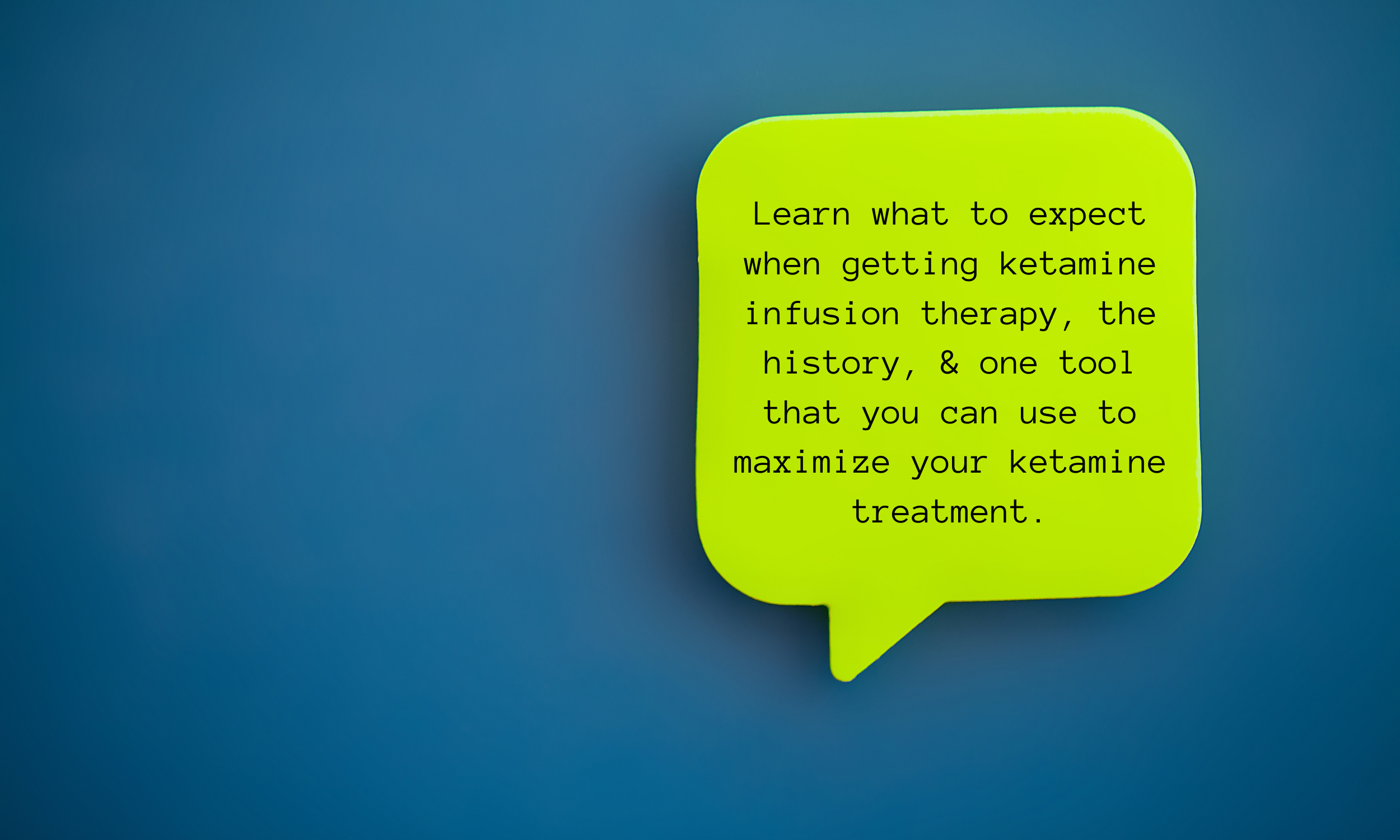Not sure what ketamine is? Maybe you know it as a party drug, and now you are hearing about its use as a medication to treat conditions such as chronic pain, post-traumatic stress disorder (PTSD), anxiety, and depression. Unclear of what to make of this medication?
Well, you’ve come to the right place to gain some clarity and knowledge.
Here are 5 facts about ketamine which will help you get to know a bit more about this medication
Ketamine was first synthesized to search for a new anesthetic to replace PCP, which was not suitable for use in humans because of the severe hallucinogenic effects it produced upon recovery of consciousness.
Ketamine was developed in the 1950s and 1960s
As an analgesic (a medication to block pain) in medical procedures and surgeries. This medication was used widely during the Vietnam War by medics to treat our soldiers. Ketamine’s development came from scientists who created phencyclidine. Yes, that’s right the drug known as PCP and angel dust. They found PCP could effectively cause analgesia, however, it came with the price tag of prolonged delirium (altered disturbed mind) and psychotic symptoms. Thus, scientists went back to the drawing board and eventually created ketamine.
Yes, it is known as a party-drug. And it has a triple-threat of sedative, stimulating, and psychedelic effects, which vary depending on how much you do and what other substances you combine it with.
Ketamine Does Have a Past as a Recreational Drug
Ketamine has a dissociative effect (i.e. can make one feel altered) which has been abused. But, when ketamine is used to treat chronic pain, PTSD, anxiety, and depression, it is done so at the appropriate dose, set, and setting. Furthermore, there is a physician and/or nurse present to monitor you. At Reset Ketamine we administer ketamine through infusions (intravenously) because this gives the highest bioavailability and greatly reduces and limits the potential for abuse and side effects.
Ketamine is a versatile medicine and possibly the most widely used anaesthetic in the world. It is listed as an essential medicine by the WHO, meaning that it should be available at all times in adequate amounts for health care needs.
Ketamine has been part of the World Health Organization’s (WHO)
Essential Medicines List since 1985 because of how important and effective it is in for patient use in hospitals. Ketamine does not cause respiratory or cardiac depression (i.e. decreased breathing or decreased blood pressure) like other analgesics and sedatives, and accordingly, it makes it the most widely used medication in the world for sedation.
Unlike inhalation anesthetics or sedative anesthetics (e.g., narcotics and benzodiazepines), ketamine does not depress respiration or other basic functions of the central nervous system. Thus, ketamine has a relatively wide margin of safety.
Ketamine is a Remarkably Safe Drug
So safe that it has a history of being used on both animals (thus the reputation as a horse tranquilizer) and even children. In 1990, Drs. Steven Green, Eric Johnson, & Robert Nakamura (Loma Linda University and Riverside General Hospital) published a landmark study reviewing and demonstrating its safety in the pediatric population for procedural sedation and analgesia. It continues to be used in the emergency department in a wide range of patients.
And as we all know, it can now help in preventing and treating mental health illnesses.
In the late 1990s, studies began to be published demonstrating the effectiveness of ketamine as a treatment for depression, pain, PTSD, and anxiety. Now, many research centers are looking at how ketamine could be used to decrease or even prevent getting these conditions.
Ketamine is an old drug, with a colorful history. However, thanks to pioneering doctors and scientists, we can now use these medications to alleviate suffering and transform lives
Learn more about ketamine’s history in the video below. It’s a talk that Dr. Ko gave at the inaugural Arizona Psychedelics Conference in Mesa, AZ. In the first 10 minutes, he covers the history of ketamine in much more detail. Watch the rest of the video to learn about the various studies supporting the use of ketamine in the treatment of depression, pain, and anxiety disorders!














Discover the history, chemistry, and benefits of racemic ketamine, plus its unique mechanisms for treating depression, anxiety, and chronic pain.